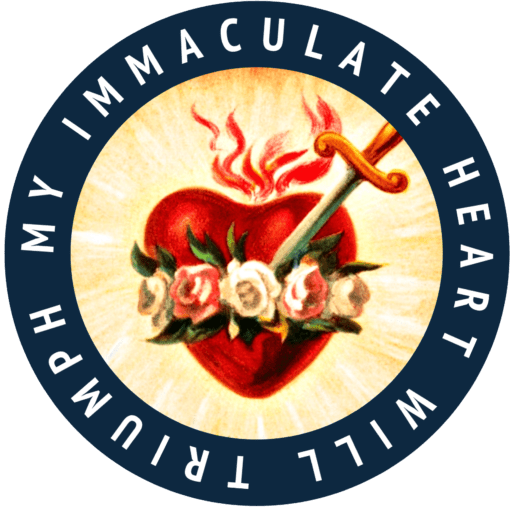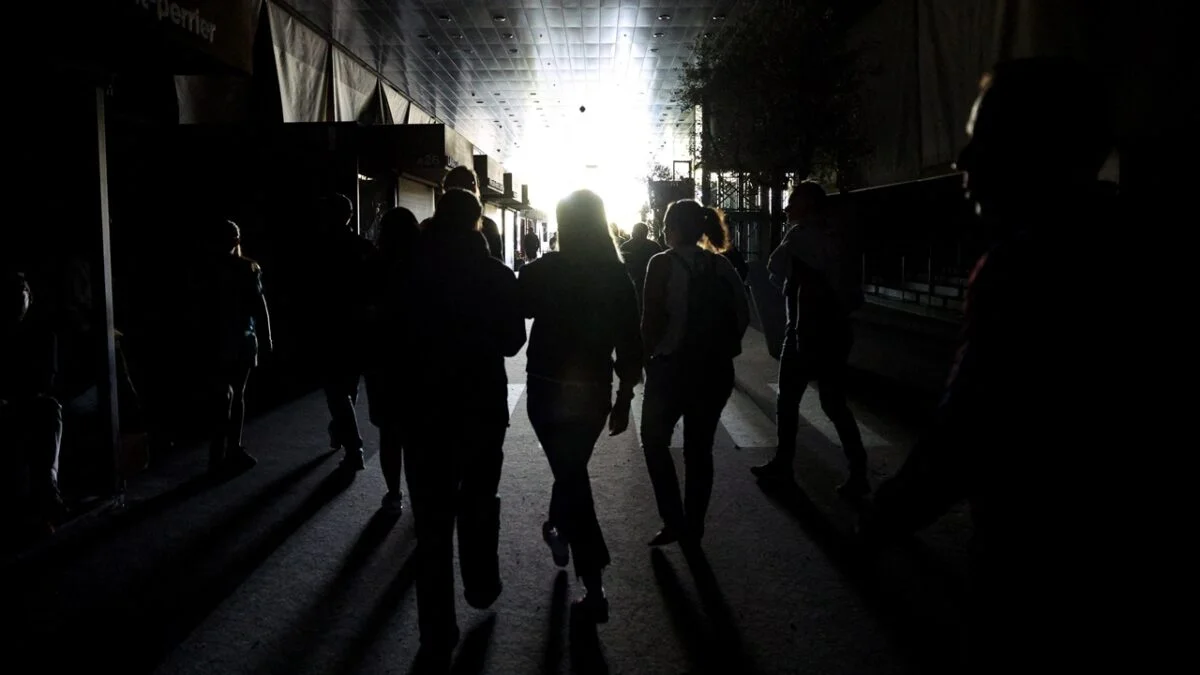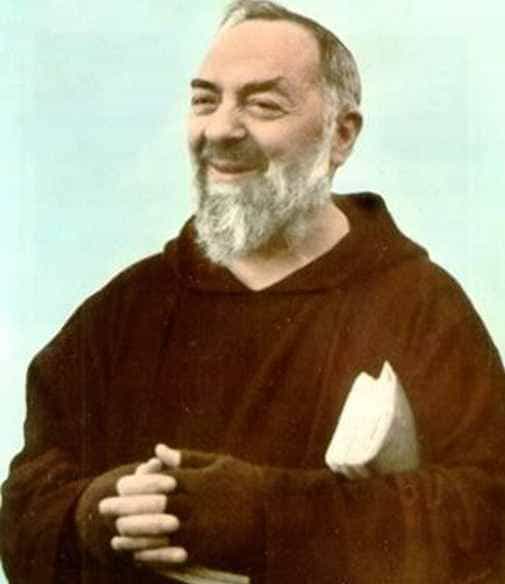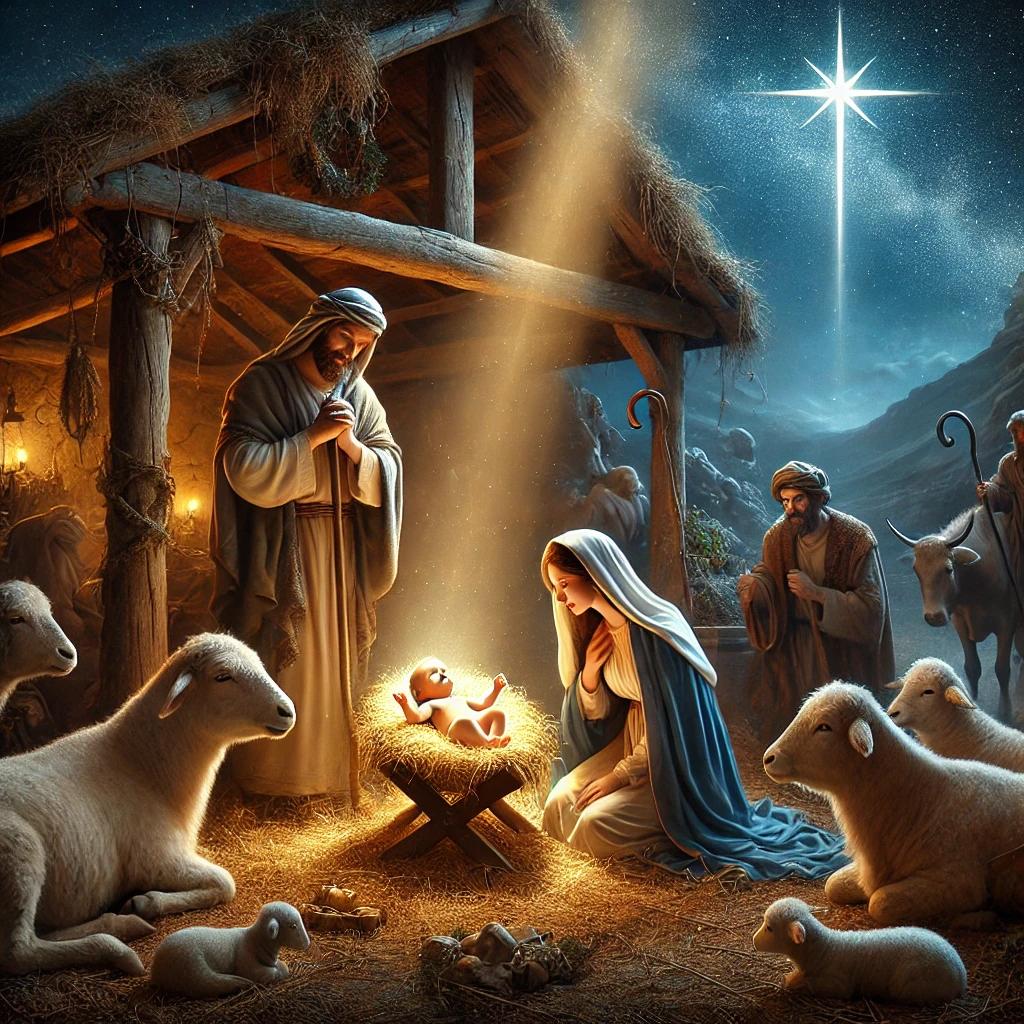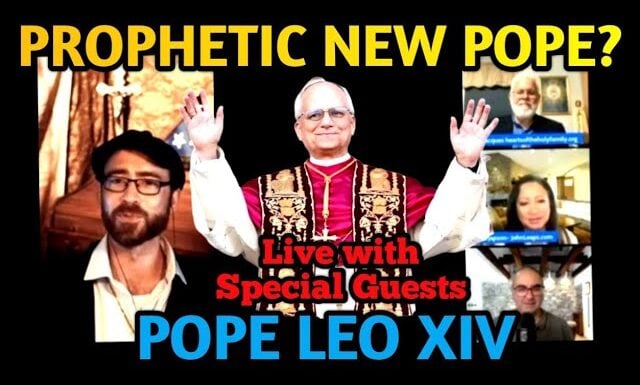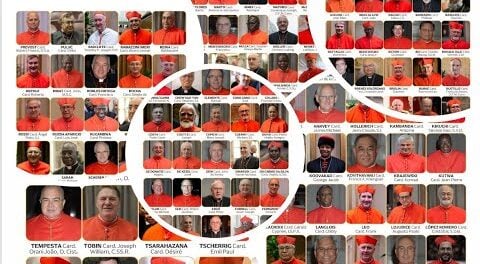
Tag: catholic blog
-
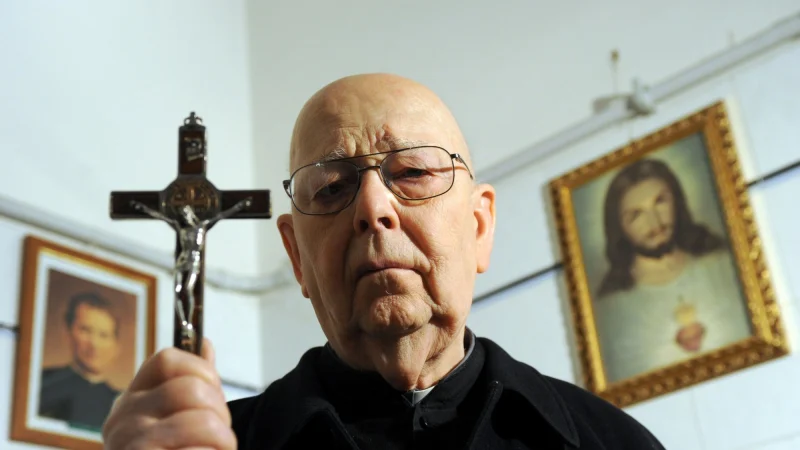
AN EXORCIST TELLS HIS STORY – GABRIELE AMOTH | FREE DOWNLOAD
Read More: AN EXORCIST TELLS HIS STORY – GABRIELE AMOTH | FREE DOWNLOADPowered By EmbedPress
-
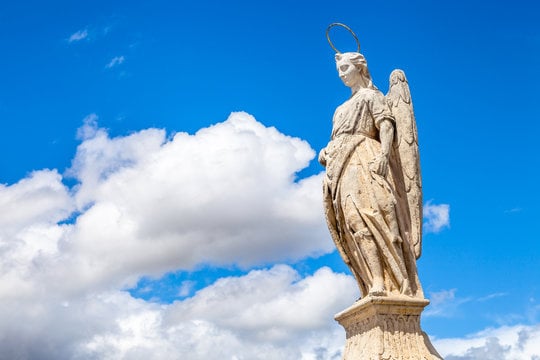
The Apparition of St. Raphael in Córdoba, Spain (16th Century)
Read More: The Apparition of St. Raphael in Córdoba, Spain (16th Century)The Apparition of St. Raphael in Córdoba, Spain (16th Century) ✨ A Heavenly Messenger in Troubled Times In the heart of Córdoba, Spain, during the 16th century, a miraculous event took place that reaffirmed the city’s deep Catholic faith. St. Raphael the Archangel, known as the angel of healing and divine guidance, appeared to a…
-

How to Deal with Anger as a Catholic: A Guide from Scripture and the Saints
Read More: How to Deal with Anger as a Catholic: A Guide from Scripture and the SaintsAnger is one of the seven deadly sins when left unchecked, but it can also be a righteous emotion when properly directed. As Catholics, we are called to imitate Christ, who showed anger against sin but never allowed it to consume Him. This article explores what the Bible, Church teachings, and the wisdom of the…
-
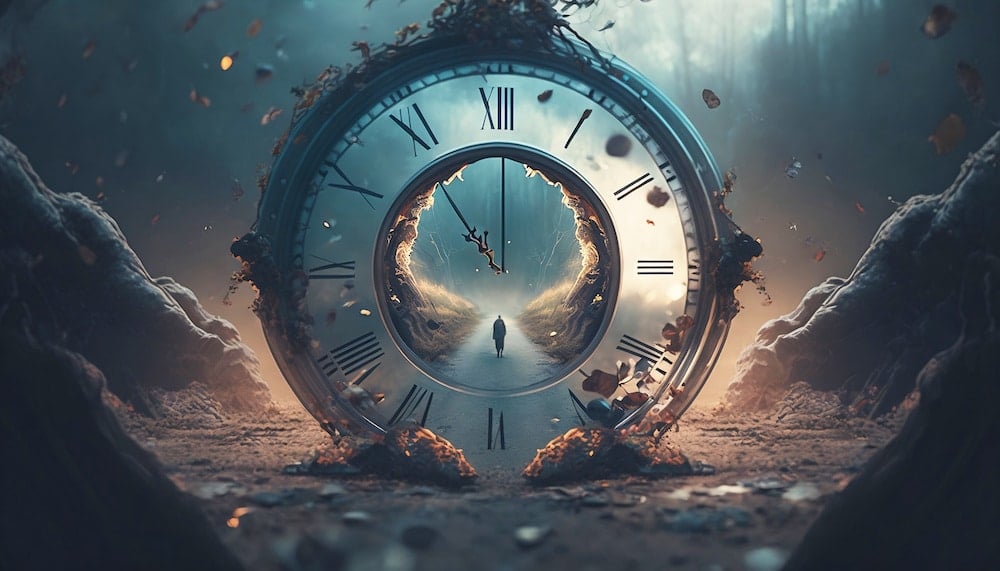
Time Travelling Confirmed! Time Travel for Beginners (for Catholics only!)
Read More: Time Travelling Confirmed! Time Travel for Beginners (for Catholics only!)By K.V. Turley (NC Register) Who has not dreamt of time travel? My version of this came one day in an out of the way bookstore some years back. Browsing the shelves of used books is always interesting. Often, the more shabby the emporium, the rarer the gems to be found there. Such was the…
-
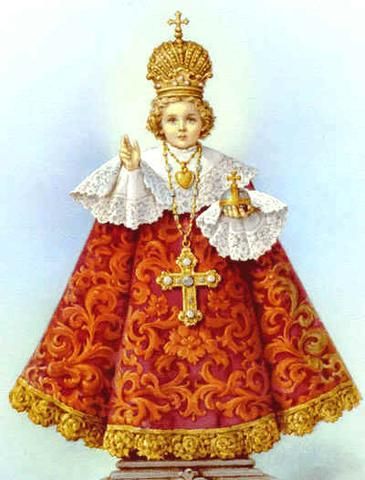
Pray This 9-Hour Novena for an Urgent Need!
Read More: Pray This 9-Hour Novena for an Urgent Need!Many Catholics are familiar with the concept of a novena, which involves praying for nine consecutive days for a particular intention. While this is often very effective, some are in need of a more urgent response from God, and turn to a 9-hour novena prayed in a single day. The novena can also be prayed for nine consecutive…
-
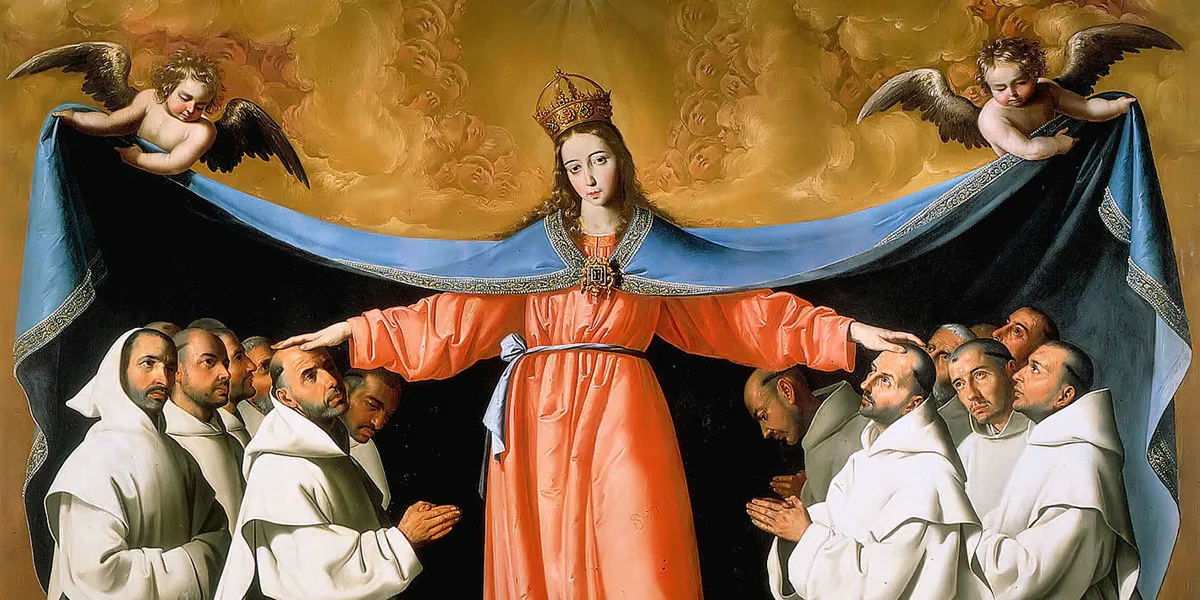
Chaplet, Novena, Prayer to Our Lady of Mercy
Read More: Chaplet, Novena, Prayer to Our Lady of MercyChaplet to Our Lady of Mercy (consists of three decades) In the beginning: Hail, holy Queen, Mother of Mercy; our life, our sweetness and our hope! To you do we cry, poor banished children of Eve. To you do we send our sighs, mourning and weeping in this valley of tears. Turn, then, most gracious…
-

15 Days Until Christmas! PRINTABLE Short Advent Daily Meditations for Your Journey (10 Dec 2024 – 25 Dec 2024)
Read More: 15 Days Until Christmas! PRINTABLE Short Advent Daily Meditations for Your Journey (10 Dec 2024 – 25 Dec 2024)Powered By EmbedPress The Advent season is a time of preparation, reflection, and anticipation for the coming of Jesus Christ. Below are daily meditations, incorporating the Saint of the Day, Bible readings, reflections, saintly quotes, and prayers. 10 December 2024: Trust in God’s Plan Saint of the Day: St. John Roberts, MartyrBible Reading: Isaiah 40:1-11“Comfort,…
Search
Popular Posts
-
🙏 A New Chapter Begins: Supporting Pope Leo XIV with Prayer and Hope | W/ Daniel O’Connor
“Give the new pope a break and support him with your prayers.”–…
-
Possible Candidates for The Next Pope!
Some Candidates for the New Papacy Today we will share with you…
Categories
Archives
Tags
#Miracles (102) 2023 (4) 2024 (4) approved miracles (2) catholic (141) catholic blog (375) catholic meditations (7) catholic miracles (371) catholic motivation (2) catholic news (371) catholic prayers (4) CatholicSeers (359) catholic vlog (375) catholic websites (6) Eucharistic miracle (2) fr jim blount (3) GisellaCardia (11) hamas (3) imitation of christ (2) Israel (4) israel live (5) Israel news (9) jesus (3) jesus christ (4) Latest messages (11) lent 2023 (10) lent 2024 (4) lent homily (2) lent retreat (4) lent retreat 2023 (3) Lourdes (2) messages from god (6) MessagesFromHeaven (364) miracles of catholic church (2) mother and refuge (2) ourlady (325) OurLadyApparitions (22) our lady of lourdes (2) Pope (2) POPE francis (3) pope francis news (2) prayers (3) real miracles (356) sacred heart of jesus (2) The Miracles of Lourdes (2)
